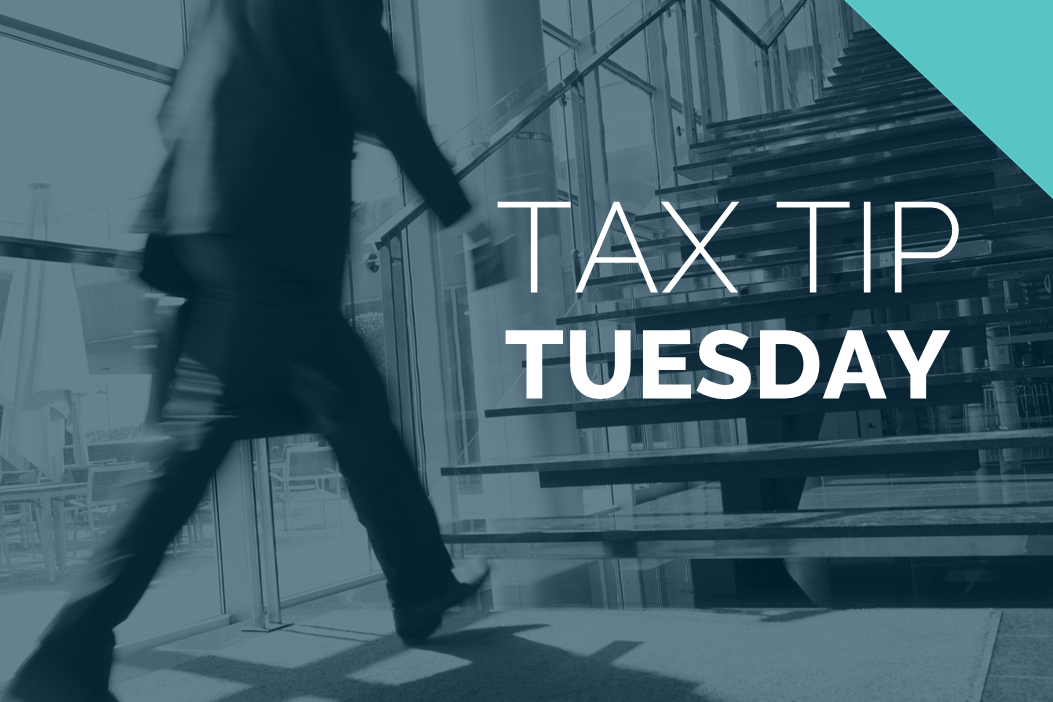Effective May 21, 2023, P&N has joined EisnerAmper. Read the full announcement here.

In a year filled with so much uncertainty and volatility, year-end tax planning considerations are more critical than ever before. In addition to the COVID-19 pandemic’s devastating health impact, personal and business finances have also been tremendously impacted this year. Loss of employment, inconsistent earnings, struggling business industries, and stock market volatility are just some examples of the pandemic’s financial impact. The Coronavirus Aid, Relief, and Economic Security (CARES) Act was enacted to help mitigate these financial effects. Below, we outline common ways to leverage the new rules and your current situation to your tax advantage:
- Take advantage of a low income tax bracket – Taxpayers that experienced a significant decrease in income this year and/or expect higher income levels next year may want to accelerate income to minimize the overall tax paid. For example, an individual with unrealized capital gains may consider selling investments before the end of the year to recognize the gains at lower tax rates.
- Consider a Roth IRA conversion – Taxpayers that experienced losses from flow-through business activities for 2020 may want to consider converting traditional IRA funds to Roth IRAs. If you have recognized losses, the income on such a conversion could be offset by those losses.
- Carry back those losses – The CARES Act provided the ability to carryback net operating losses. Losses incurred in 2018, 2019, and 2020 can now be carried back five years. Since the tax rates were generally higher in those potential carryback years, affected taxpayers should consider whether the tax benefit of carrying back any such losses is greater than carrying those losses forward.
- Defer income/accelerate deductions – If you were in the fortunate situation of having a higher-income year in 2020 or expect a lower income year in 2021, you should consider deferring income to 2021 to the extent possible and/or accelerating deductions into 2020.
- One strategy that can work well is bunching “discretionary” deductions such as charitable contributions into a higher-tax year – that is, increase your level of contributions in a year that will result in a larger tax benefit. Also keep in mind that one of President-elect Biden’s tax proposals is to cap the benefit of itemized deductions at 28%; so, if you are in a tax bracket higher than 28% in 2020, this year may be a good time to “bunch” those types of deductions to get a better tax result.
- If you own a business that reports results directly on your tax return (Schedule C or F) or flow through to your tax return (through an S-corporation or partnership K-1), you can also consider using a credit card to pay deductible business expenses before the end of the year, which will increase your deductions in 2020 even though the credit card bill is not paid until after year-end.
- Postpone retirement plan distributions – Required minimum distributions (RMDs) that typically must be withdrawn from an IRA or an employer-sponsored retirement plan have been waived for 2020. So, if there is no financial need to take a distribution in 2020, taxpayers can forego their 2020 distributions and defer the tax burden on your otherwise taxable RMD.
- Contribute to a charitable organization – Previously, charitable contributions could only be deducted if taxpayers itemized their deductions. As part of the changes included in the CARES Act, taxpayers who don’t itemize deductions will now be able to take an above-the-line charitable contribution deduction of up to $300 for cash contributions made in 2020 to qualifying organizations. The percentage limit on most cash charitable contributions has also been raised from 60% of modified adjusted gross income (MAGI) to 100%, thereby allowing a higher level of deductible charitable contributions.
- Deduct home office expenses – In a year in which working remotely became a new norm for so many, the home office deduction may be beneficial for taxpayers that meet the requirements to claim this deduction. The deduction is available to qualifying self-employed taxpayers and independent contractors that use a portion of their home exclusively for conducting business on a regular basis.
- Claim casualty losses – On top of the pandemic, south Louisiana and the Gulf Coast area experienced natural disasters from several hurricanes this year. Taxpayers may be able to claim a casualty loss as an itemized deduction if they are located in a federally-declared disaster area and incurred losses that were not insured or not reimbursed by insurance. Such taxpayers have the option of deducting the loss in 2020 (the year of the loss) or on the 2019 return (an amended return if 2019 has been filed already).
Deliberate year-end tax planning can be very beneficial to all taxpayers, but the strategy you should consider is highly dependent on the specific tax situation. The opportunities listed above are some of the broadest-reaching strategies to keep in mind, but there are certainly many others. We can help. Contact your P&N tax advisor to discuss tax planning opportunities that could be beneficial specifically to you.



